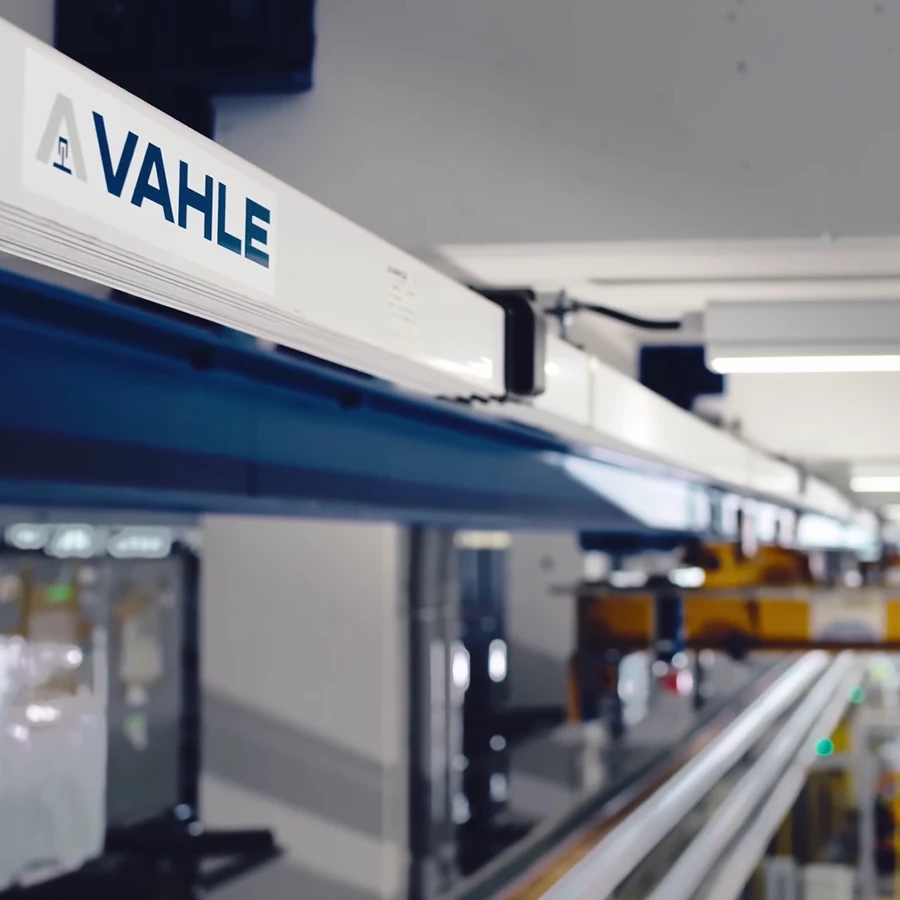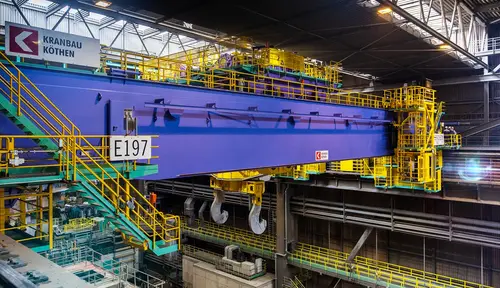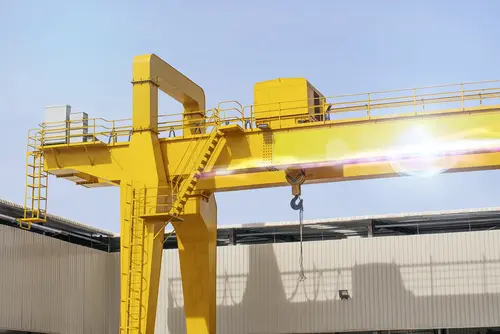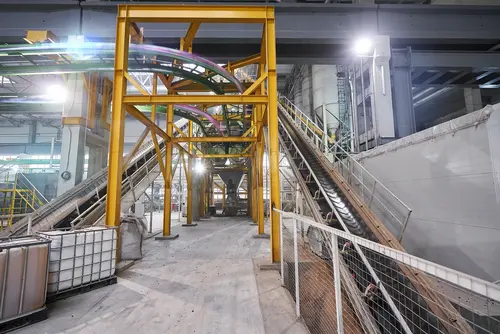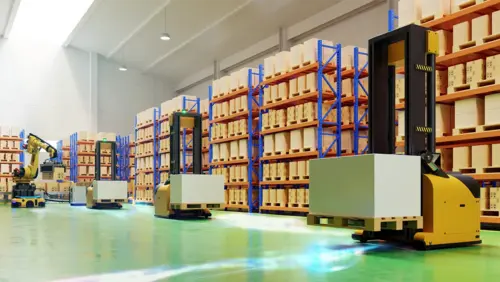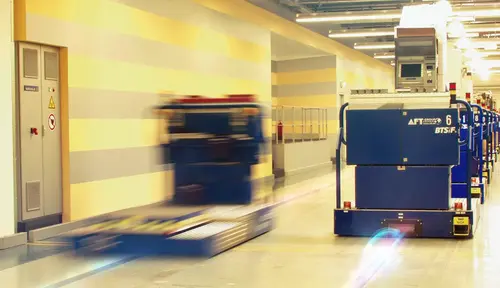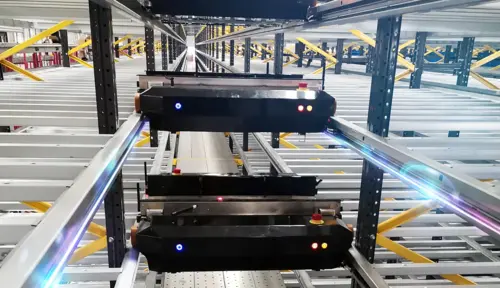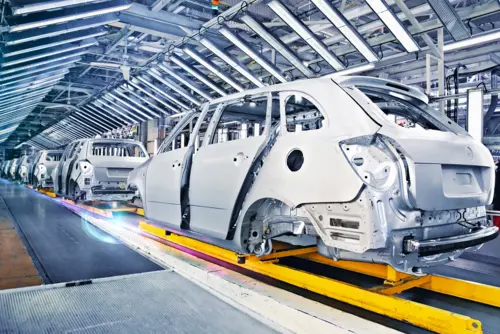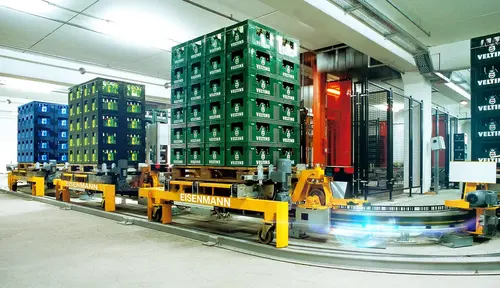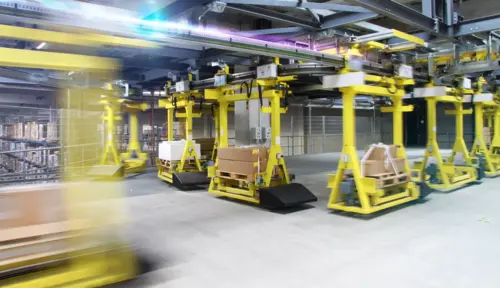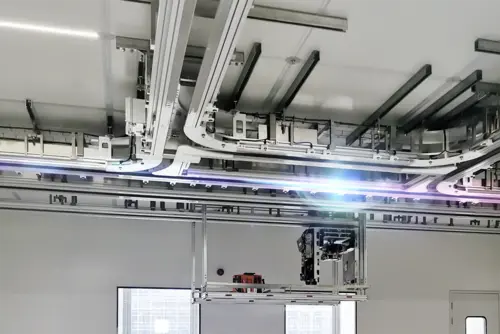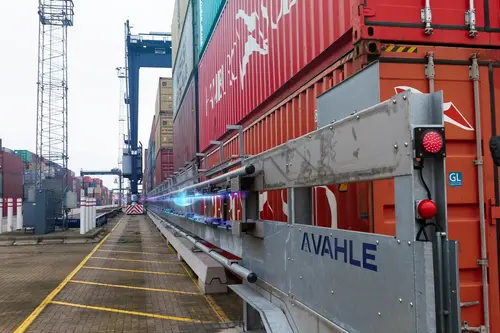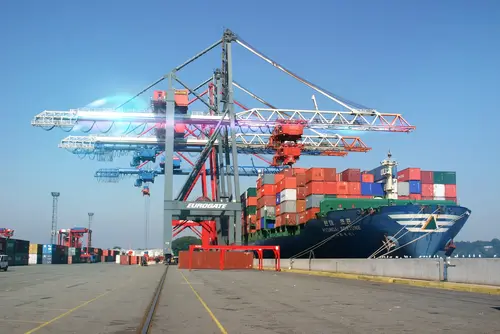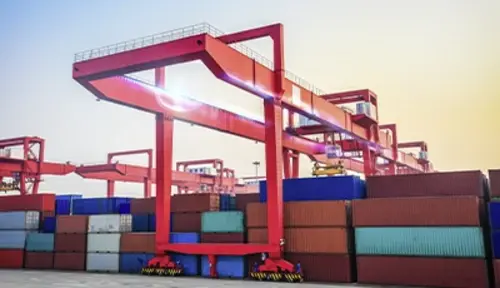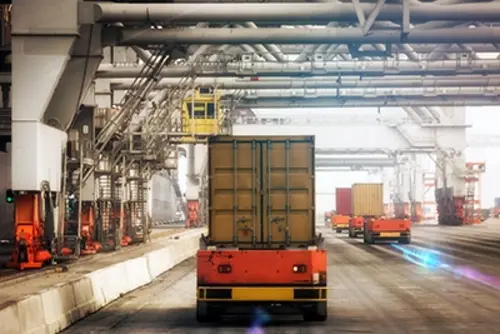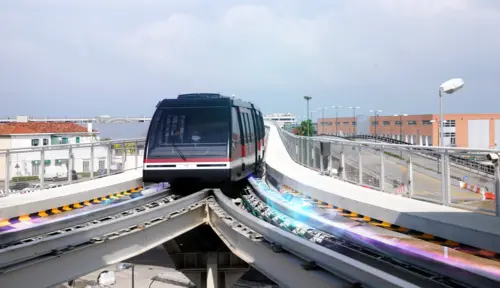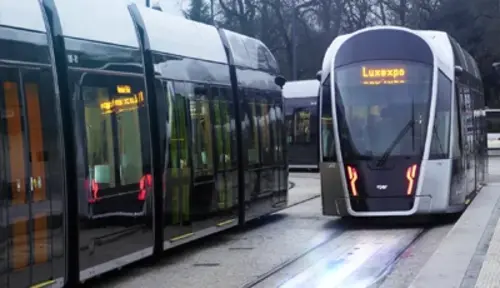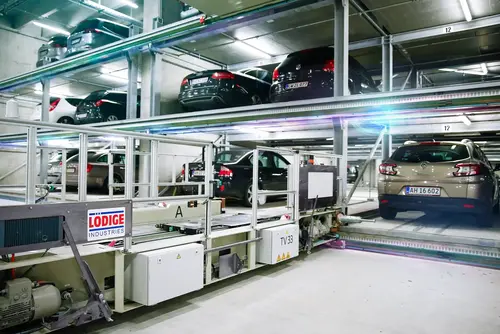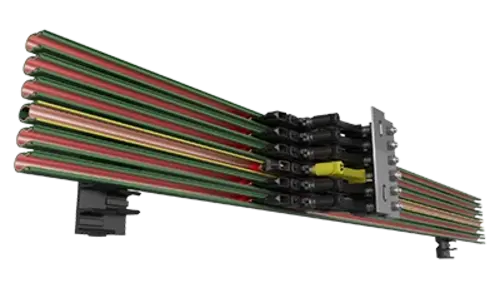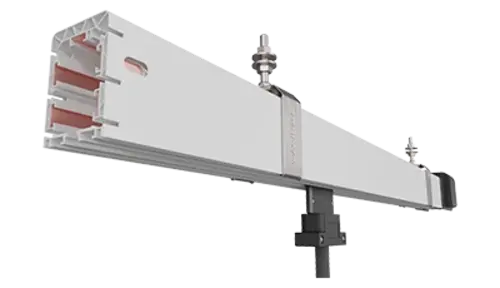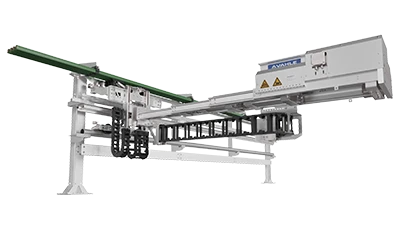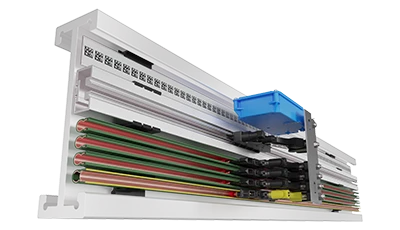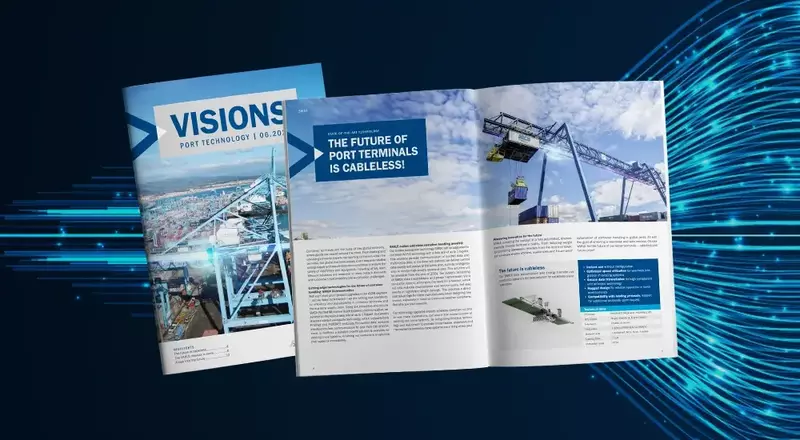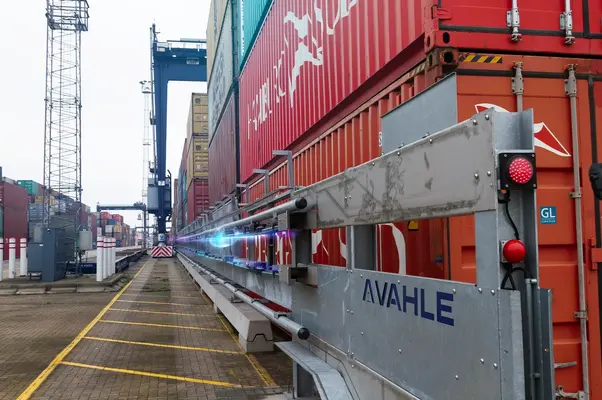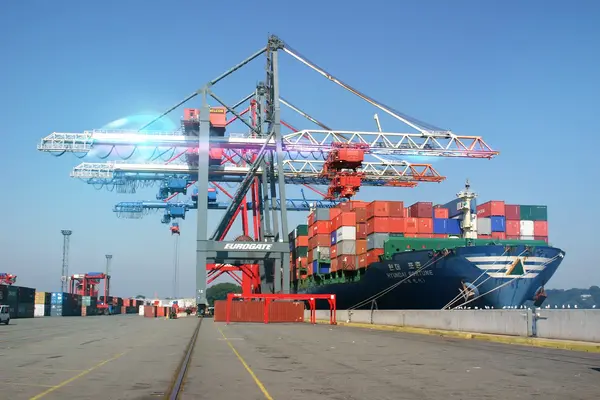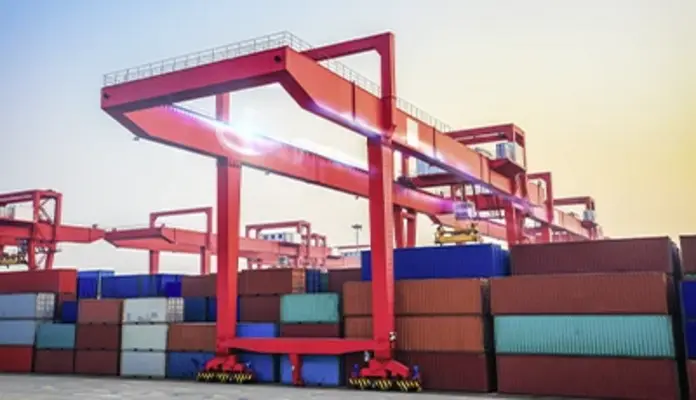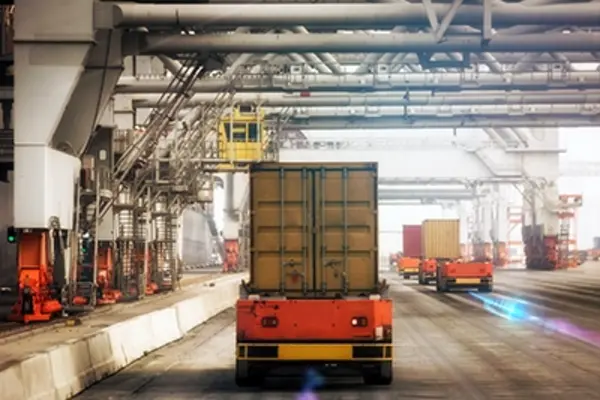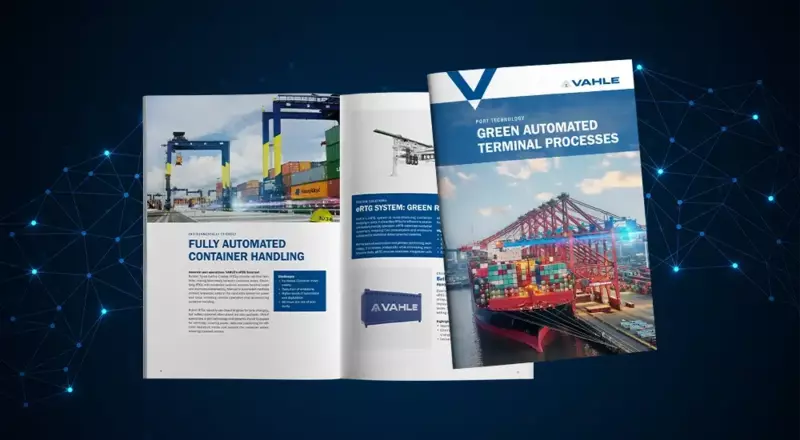- Downloads
- Customer Hub
-
Trade show
2026-01-27 ‒ 2026-01-29
Transport Middle East
Abu Dhabi, United Arab Emirates
2026-02-03 ‒ 2026-02-05
Expo Manufactura
Nuevo Leon, Monterrey, Mexico
Booth 2335Other trade show dates2026-02-05 ‒ 2026-02-07
LogiMAT India
Mumbai, India
-
Choose desired country organisation:
-
Choose your language:
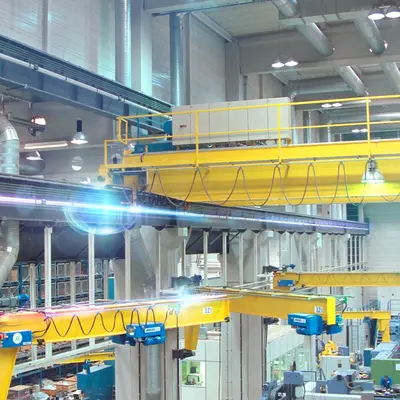
Cranes are used in many industries. Steel producers, recycling yards and companies from the construction industry VAHLE offers reliable systems for energy and data transmission.

Increasing production rates, high throughput volumes and short delivery times require partially or fully automated intralogistics.
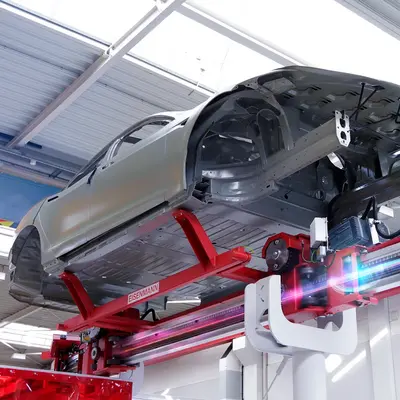
Adaptable manufacturing processes are the key to the greatest possible efficiency in vehicle production. VAHLE solutions for energy and data transmission make a significant contribution to this.
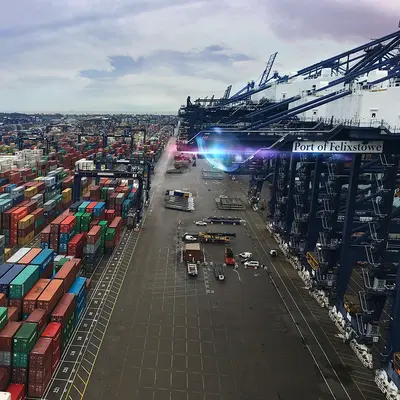
Zero emission is the requirement for the port of the future. With the solutions for energy and data transmission from VAHLE, port operators are getting closer to this goal.

The amusement, leisure and adventure sectors are often at the cutting-edge of the industry. That's why many ride builders and manufactures rely on VAHLE to provide roller coaster and ride passengers with increasingly extraordinary experiences.
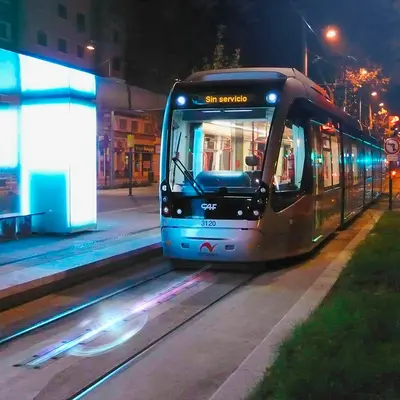
Streetcars, sky trains or rolling sidewalks are the future of resource-saving mobility. Many manufacturers rely on components from VAHLE for the design.

Stadium roofs, waste incineration plants, facade elevators: Mobile industrial applications are used in many areas. VAHLE offers various special solutions for reliable energy supply and data communication.

Without energy, there is no movement. To perform their tasks reliably, mobile industrial applications need electrical power. Our vPOWER solutions offer the right transmission system for every requirement.

Advancing digitization requires the transmission of ever greater volumes of data. Our vCOM solutions ensure reliable data communication for the control of automated conveyor systems at all times.

Modern manufacturing requires automated conveyor systems that can be positioned with extreme precision. The prerequisites for this are created by our robust vPOS solutions, which are available with both magnetic and optical processes.

Automation is shaping modern production processes more than ever. Numerous mobile conveyor units must be reliably controlled. With our versatile vDRIVE solutions, this can be achieved flexibly and with optimized performance.

With our holistic system solutions, we offer a perfectly coordinated product combination of power transmission, data communication, positioning and control for a wide range of applications.

